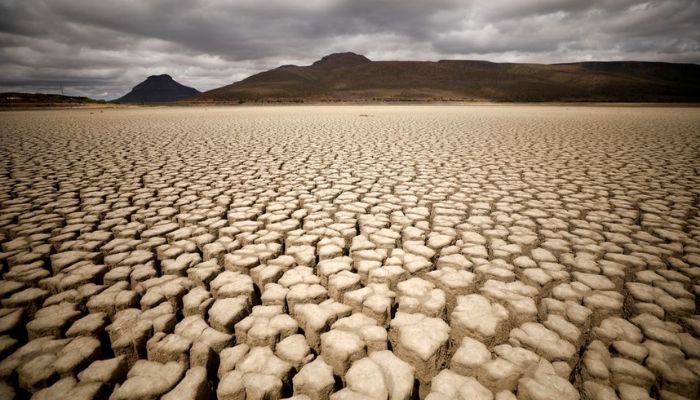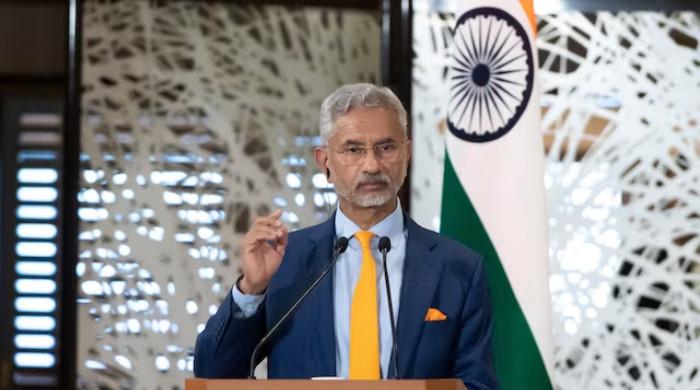Climate update: WMO warns world could see 1.5°C rise in next five years
WMO forecasts that at least one year between 2022-2026 will be warmest, breaking 2016's record, which is considered hottest year
May 10, 2022

- WMO says there is "50:50 chance" annual average global temperature reaches 1.5°C above pre-industrial levels.
- Warns at least one year between 2022-2026 will be warmest, breaking record of 2016.
- Leaders pledge under 2015 Paris Agreement to prevent crossing 1.5 but have failed to cut on climate-warming emissions.
The World Meteorological Organization (WMO) on Monday notified that there is a "50:50 chance" the annual average global temperature reaches 1.5°C above the pre-industrial levels in one of the coming five years.
WMO warned that at least one year between 2022-2026 will be the warmest on record, breaking 2016's record, which is considered the hottest year.
"The chance of the five-year average for 2022-2026 being higher than the last five years (2017-2021) is also 93%," WMO quoted Global Annual to Decadal Climate Update as saying.
The organisation noted in a statement that the chance of temperature exceeding 1.5°C was zero in 2015. It has risen steadily after that.
"For the years between 2017 and 2021, there was a 10% chance of temperature exceeding 1.5°C. That probability has increased to nearly 50% for the 2022-2026 period."
Meanwhile, WMO Secretary-General Petteri Taalas warned:
"The 1.5°C figure is not some random statistic. It is rather an indicator of the point at which climate impacts will become increasingly harmful for people and indeed the entire planet."
Responding to the report, the world leaders pledged under the 2015 Paris Agreement to prevent the figure crossing 1.5 but most have failed to cut on climate-warming emissions.
Taalas explained that the temperatures would continue to rise for as long as people continued to emit greenhouse gases. He said that the Arctic warming was abnormally high.
"Our oceans will continue to become warmer and more acidic, sea ice and glaciers will continue to melt, sea level will continue to rise and our weather will become more extreme," added Taalas.









